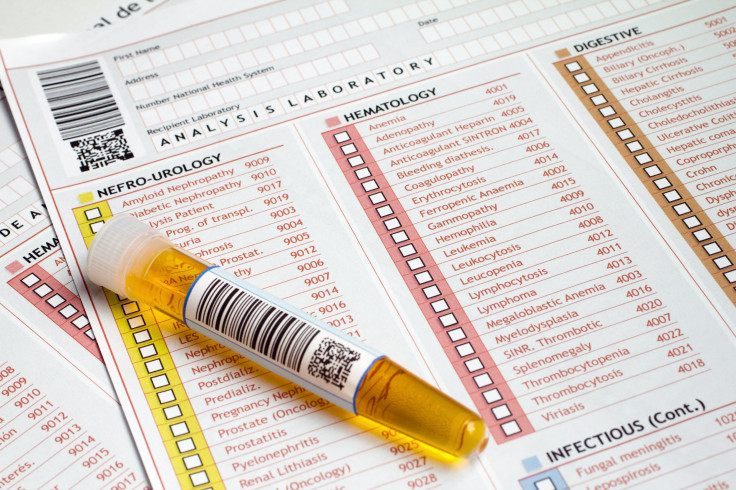Simple Urine Test May Help Differentiate Between Bipolar Disorder And Depression Via Biomarkers

Diagnosis of mental illness is an entirely different animal than diagnosing a physical one. There are not blood or urine tests that can neatly identify who suffers from a mental illness, and there aren’t x-rays or MRIs that can alert one immediately that something inside isn’t working how it should. We’ve been able to identify some neurological markers that can indicate certain disorders, but as a general rule, diagnosing mental illness comes from interviews and assessments with the patient. A doctor bases his diagnosis on emotional symptoms, reports of social or functional problems, and his own observations of the patient’s attitudes and behavior.
As if this wasn’t already a touchy process, many mental illnesses have similar symptoms, with only subtle differences to differentiate between them. A perfect example is the common misdiagnosis of bipolar disorder as Major Depressive Disorder (MDD). There are many opportunities for bipolar disorder to be misdiagnosed as MDD — one reason is that bipolar disorder is often first notable when the patient is experiencing a bout of depression. This leads that person to seek help and describe their symptoms, leading a clinician to believe that depressive symptoms are the only thing the patient has. Bipolar disorder only affects about one percent of the population worldwide, so clinicians often forget to question patients about hypomania — the hyperactive, euphoric state that opposites depressive states in bipolar patients.
This oversight often leads to patients walking out with an incorrect diagnosis — problematic, since a correct one is crucial for them to receive the treatment they need. Knowing this, researchers set out to find a more objective test to identify the difference between bipolar disorder and MDD, and they just might have found it.
How They Did It
The researchers took a look at urine samples of patients who had been successfully diagnosed with bipolar disorder or MDD. They combined a couple analytical techniques to examine the metabolites in these samples, hoping to find some biological markers that could differentiate between the two sets of patients.
The team went with a combination of gas-chromatography-mass spectrometry and nuclear magnetic resonance — a bit of a mouthful, but no one said this was a simple process. These chemical analyses allowed them to come up with biomarker panels for all of the patients, and they found that 20 differential metabolites were responsible for discriminating bipolar disorder from MDD subjects. Bipolar disorder patients had higher levels of these metabolites, 14 of which were “significantly changed.”
The researchers note that their study had limitations, including a small subject pool and the fact that all of the participants came from the same hospital. They also suggest that future studies in this vein should aim to collect multiple samples, including cerebrospinal fluid and plasma to ensure that the same biomarkers are elevated in bipolar disorder patients.
Source: Peng X, et al. Divergent Urinary Metabolic Phenotypes Between Major Depressive Disorder And Bipolar Disorder Identified By A Combined GC-MS And NMR Spectroscopic Metabonomic Approach. Journal of Proteome. 2015.



























